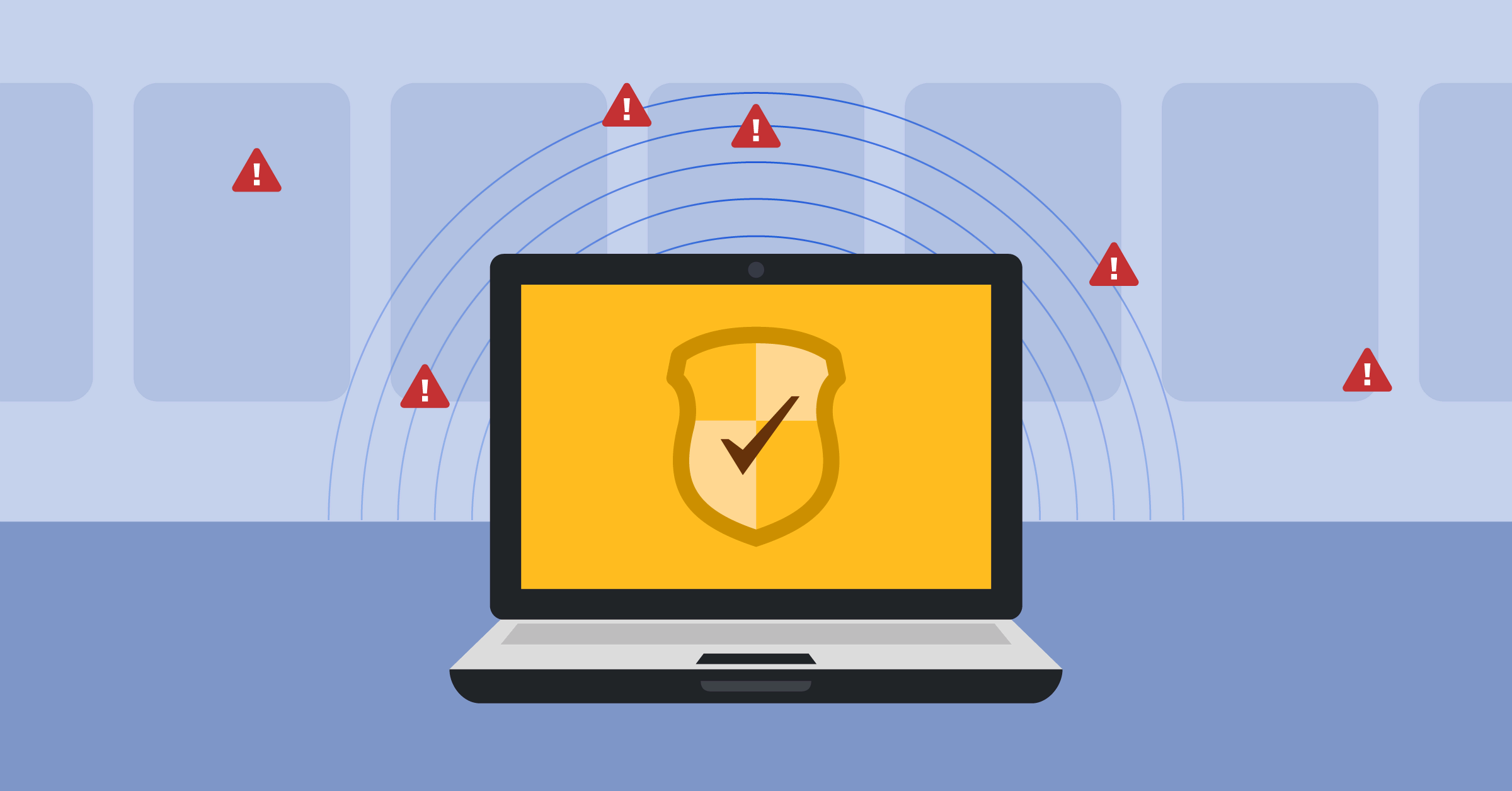
How to train your team to use out-of-band communication systems
Want to get the most from your out-of-band comms system? Here’s how to roll out an out-of-band training program that gets your team up to speed.
Out-of-band communication systems are critical to keeping IT, operations, and security teams securely connected during emergencies and mission-critical scenarios. By equipping team members with a communication channel that exists outside the organization’s primary network, decision-makers and leaders can rest assured that their teams can collaborate effectively when main communication channels are inaccessible or have been infiltrated.
While out-of-band (OOB) solutions are essential for organizations that operate in highly secure environments — those that require resilient and adaptable collaboration tools that enable teams to focus on what’s most important when the stakes are highest — you can’t just deploy an OOB system and expect the results you’re hoping for. Well-implemented incident response strategies that include out-of-band communications require training to ensure that when every second counts your team knows where to go and what to do.
As Miguel de Cervantes once wrote, being prepared is half the victory. Follow these nine steps to maximize your OOB investments and keep operations humming along when minutes matter.
1. Determine potential use cases for OOB comms
First, you need to identify scenarios where OOB communication is critical. Such situations might include network failures, cyberattacks, natural disasters, or red teaming. Assess your operations and consider situations where immediate, secure communication is necessary — like during a data breach or when bad actors compromise primary communication channels.
2. Pick the right out-of-band system
Not every OOB solution is created equal. Do your due diligence and select an OOB solution that meets your organization’s unique needs. The ideal solution will be highly available with built-in redundancy capabilities. It will also include several advanced security features — like multi-factor authentication (MFA), role-based access controls, and the ability to encrypt data at rest and in transit. On top of this, the right OOB system will be easy to deploy, easy to use, and able to accommodate users at scale. Learn more about what to look for in an out-of-band communication solution.
3. Provide clear documentation
To make sure team members can troubleshoot issues and find answers to any questions, the ideal OOB system should come with robust documentation that’s searchable and organized. By offering user-friendly comprehensive documentation that outlines system functionalities, protocols, features, and troubleshooting guides, teams can use the OOB solution more effectively.
4. Conduct out-of-band training sessions
In addition to documentation, organizations should also conduct training sessions for OOB systems to ensure team proficiency. Start your out-of-band training with comprehensive, hands-on sessions that cover how to navigate the system, key features, and scenario-based exercises (e.g., network failure and business continuity).
Whenever possible, engage team members with practical examples to illustrate real-world applications, which helps them get a deeper understanding of how to use the backup communication channel productively. To increase the chances your training exercises yield dividends, incorporate interactive elements wherever you can and encourage folks to ask questions and discuss concerns to clear up any misunderstandings.
5. Simulate emergency scenarios to practice in a controlled environment
Since you don’t want your team to buckle under pressure, simulate real-world emergency scenarios in a controlled environment to help team members hone their skills and learn how to use the OOB communication solution effectively.
By replicating real-world crises, teams gain a practical understanding of how to use the system during stressful situations. This helps the organization identify potential challenges and allows users to refine their workflows, ensuring a rapid and coordinated response during actual emergencies. Controlled simulations also provide an opportunity to assess the system’s robustness and adaptability, enabling organizations to fine-tune their processes and enhance overall preparedness for mission-critical situations.
6. Emphasize safety mechanisms
To foster a secure operational environment where an OOB system will be deployed, familiarize th team with the solution’s security mechanisms during training exercises. For example, highlight the significance of authentication protocols, encrypted channels, access controls, and other security features. Instill a culture of security-mindedness and vigilance, urging team members to adhere strictly to safety measures whenever they’re forced to use the backup communication system.
By prioritizing the understanding and implementation of safety mechanisms, out-of-band training leaders can reinforce the fact that OOB channels must remain a trusted and secure communication lifeline during crises. Not only does this safeguard data integrity, it also protects the organizations against potential threats, increasing operational resilience.
7. Have regular refreshers and drills to keep the training top of mind
Training shouldn’t be a one-and-done. Regular refreshers and drills are critical when it comes to maintaining proficiency and readiness with an out-of-band communication system — especially as your organization scales and new team members join. By conducting training exercises periodically, it’s easier for team members to stay familiar with how to use the OOB platform, as operational knowledge stays top of mind.
Ongoing drills can simulate various scenarios, giving team members the skills they need to respond swiftly during emergency situations. By integrating regular training drills into routine operations, organizations can create a culture of continuous preparedness, which maximizes the OOB system’s effectiveness when urgent communication is required in a real-world setting.
8. Gather feedback and improve to make training and execution more effective
No matter how good your training and preparedness are, you can always improve them over time. To do this, gather feedback from team leaders and participants to identify areas for improvement, address concerns, and adapt your out-of-band training materials accordingly.
Do everything you can to foster an open, inclusive environment that values constructive criticism to continuously enhance training effectiveness and ensure your team is ready to roll during crunch time. This feedback-driven approach ensures that the system aligns with user needs and evolves in response to emerging challenges. This, in turn, increases the chances team members know exactly what to do when real-world emergencies materialize.
9. Conduct a retrospective after each time you use the OOB system
After each instance where you need to deploy the OOB system in the field, conduct a retrospective to review what happened, share learnings, identify areas where you could improve, and update your plans accordingly. Evaluate the overall performance of the backup communication channel. What were the big wins? What were the biggest challenges the team faced during the specific emergency?
This post-event analysis serves as a crucial learning opportunity. By surfacing actionable insights during a retrospective, you can optimize system configuration, training procedures, and overall emergency response strategies. Such an approach reinforces adaptability, focus, and resilience, turning past experiences into valuable lessons your organization can leverage to optimize the OOB system and ensure it’s seamlessly integrated into emergency procedures.
Take your out-of-band communication strategy to the next level
Now that you know how to implement an effective OOB training program at your organization, learn more about out-of-band communication by downloading our free guide: Out-of-Band Communications: Maintaining Business Continuity.




